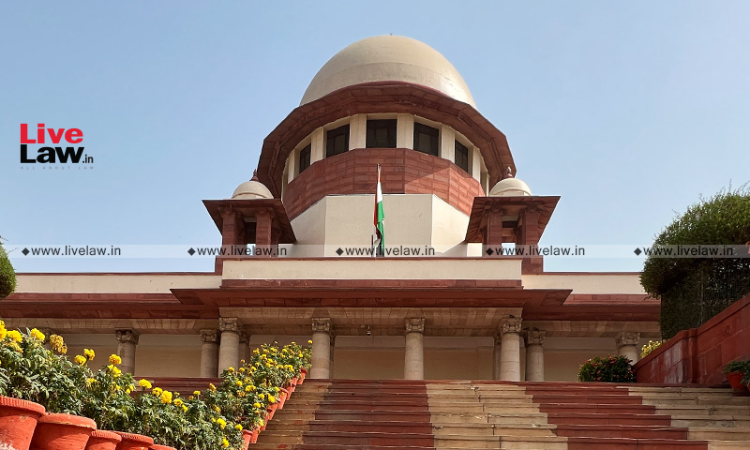- Home
- /
- Supreme court
- /
- Sanctity Of Test Identification...
Sanctity Of Test Identification Parade Doubtful If Accused Are Already Shown To Witnesses In Police Station : Supreme Court
Suraj Kumar
9 Aug 2023 8:35 AM
The Supreme Court reiterated the principles for proof of a case based on circumstantial evidence. It emphasized that the circumstances “must/should be” and not “maybe” established and set aside the conviction and life sentence awarded to 3 persons accused of murder by the Delhi High Court in 2014.The bench comprising Justices BR Gavai and Justice Prashant Kumar Mishra was hearing...
The Supreme Court reiterated the principles for proof of a case based on circumstantial evidence. It emphasized that the circumstances “must/should be” and not “maybe” established and set aside the conviction and life sentence awarded to 3 persons accused of murder by the Delhi High Court in 2014.
The bench comprising Justices BR Gavai and Justice Prashant Kumar Mishra was hearing the appeal against the conviction based on circumstantial evidence.
The Court was of the view that the incriminating circumstances were not proved beyond reasonable doubt. The court dismissed evidence with respect to the last-seen theory as entirely unreliable casting doubt on its credibility. It also refuted the conclusion reached based on evidence from Call Detail Records (CDRs).
On the first aspect, the Supreme Court noted that the High Court went on to observe that since witnesses have identified the accused in the dock, it can conclude that they’ve been duly identified and proves the guilt of the accused.
The Supreme Court did not agree with this finding and observed that “If the accused are already shown to the witnesses in the Police Station, then the sanctity of TIP before the court is doubtful”.
The Apex Court noted that the courts below had relied on Call detail records to show that the accused were present at the scene of the incident. On this aspect, the court observed “Apart from that, if at the time of the incident, both of them were at the same place and according to the prosecution inside the house of the deceased Hoshiyar Singh, and they were talking to each other on telephone, this itself creates a doubt on the prosecution version”.
The bench referred to Sharad Birdhichand Sarda v. State of Maharashtra reported at (1984) 4 SCC 116, in which it was held that there should not be a shadow of doubt on the circumstances on the basis of which we’re inferring the guilt of the accused. Further, the chain of evidence must be so complete to leave us no choice and unequivocally point toward the guilt of the accused.
The court observed “The circumstances should be of a conclusive nature and tendency and they should exclude every possible hypothesis except the one sought to be proved, and that there must be a chain of evidence so complete so as not to leave any reasonable ground for the conclusion consistent with the innocence of the accused and must show that in all human probability, the act must have been done by the accused”
The court also indicated that the circumstances concerned “must or should” and not “maybe” established. It referred to the observations made in Shivaji Sahabrao Bobade v. State of Maharashtra (1973)-” “Certainly, it is a primary principle that the accused must be and not merely may be guilty before a court can convict and the mental distance between ‘may be’ and ‘must be’ is long and divides vague conjectures from sure conclusions.”
Therefore, the court came to the conclusion that the circumstances were not proved beyond reasonable doubt. Consequently, the appeal was allowed and conviction and sentence to life imprisonment was set aside.
Case title: Kamal v State(NCT) of Delhi
Citation: 2023 LiveLaw (SC) 617

